Eat Yer Greens
We all know we need to eat more veges, but if I am completely honest I have to admit to having been a bit of a vege-phobe.
It has really only been in the last year or so that we have found ways to add more and more vegetables into our diet in more substantial amounts. In my battles with systemic candida it has been important to reduce fruit to no more than one serve a day, and Craig also benefits from reduced fruit due to his sensitivity to all sugars. That fruit is usually an apple or banana in our daily green smoothies. Green smoothies have been a great way to introduce the concept of vegetables at breakfast into our family.
We now include vegetables at every meal, including snacks. Warming pumpkin pie’s or spiced fluffy baked carrot puree are favourite after-school snacks on these colder days, and this afternoon I plan to experiment with mashed kumera truffles. We get a lot of the sweetness in our diet from sweet vegetables now rather than fruit, and our house is completely refined sugar-free (apart from a little container for when the mother-in-law comes for a cup of tea). It was very liberating emptying all the Tupperware containers of white sugar, brown sugar, castor sugar, icing sugar…and replacing it with quinoa, millet, amaranth, and coconut flour! Remember that for our family this is a change that has taken place slowly over a period of time, and we are still continuing the process of ‘trading up’ our snacks and foods for increasingly more nutritious choices. You too can make small changes in your families diet, one at a time.
Vegetables are mostly alkaline-forming foods, and the aim is to create or maintain good gut balance by eating 80% alkaline forming foods and 20% acid forming foods at each meal. All animal protein is acid-forming, as is dairy and gluten. Quinoa, millet and amaranth are the only alkaline-forming grains. I will go into this in more depth in a later post. But quite simply when I am preparing a meal I look at ways of boosting the alkaline-acid ratio, adding salad or greens seems to be the easiest way to do this. For example breakfast yesterday morning was scrambled eggs on mushrooms, so I also cooked up a few huge leaves of silverbeet with some garlic, and a little tamari sauce (a gluten-free fermented soy sauce). It was pretty rewarding watching all the kids at least taste the silverbeet, and then my 6 year-old begging for more! That has taken time and persistence about trying everything and continuing to offer foods that I know they didn’t eat last time.
It is very common for children to not like vegetables, so you are not alone if you are thinking:
“there is no point in my serving that up to my family they won’t eat it”.
I have my fair share of meals that the kids turn their noses up at don’t you worry, but they are getting better and better and we have firm non-negotiable rules in place around what we say when a meal is dished up:
- always thank the chef (even if you don’t like the look of it),
- taste everything on the plate (you don’t have to like it, you just have to taste it),
- having the number of mouthfuls as your age when it is a one-dish dinner (this has been amazing, sometimes little miss 3 wants to keep eating when she gets to mouthful number 3, even though she has protested around the first two mouthfuls!),
- no other food is on offer (we eat a family meal as a family, if you are hungry that is all that there is)
- meal times are happy positive times, if someone is behaving in a way that isn’t our families way, they are very calmly removed from the dinner table so as not to upset our special family time, and they are very welcome back when they are ready to taste their meal and be happy. This is not done in a frustrated, punishing way – that would not be effective and detracts from what you are trying to create. Calmly and kindly does it.
I do find that it is often the vegetables that come home again in the lunchbox of my 3 year old, but all the children know that they need to finish what is in their lunchbox before any other afternoon tea is on offer, and after persevering patiently with that expectation for a number of weeks they now sit down and happily finish what ever is left (if anything) before tucking into their afternoon tea, which in itself is just another nutrient-dense healthy snack anyway.
For vegetable aversion in children a possible path to follow is:
- the first step is not to eat focus on eating veges but to remove all additives from the diet. This is not a one day thing, it can take a while to rid the pantry of the junk, you may make it a 6-month project (if you want help with this I do pantry make-over sessions).
- the second step is to look at the foods your children do eat and getting the best quality you can of those. Yes it costs money but it is a sure-fire way of boosting the nutrient content of the diet without changing what they eat (for example grass-fed beef contains loads more omegas and other nutrients)
- the third step is the introduction of more veges. Start by introducing things in a way that will appeal, even if it is not the most healthy eg: making pumpkin, kumera or carrot chips by slicing them thinly, brushing with oil and baking then sprinkling with a little sea salt. This isn’t the healthiest way of eating pumpkin, kumera or carrots but it changes the association and makes it more positive. And it certainly a step up from most snacks on offer!
Puree veges and add to meatballs, pasta sauce, tomato sauce, anywhere you can. Smoothies are a great place to add veges. Go at your child’s pace and keep their trust. Getting them to help you grow vegetables and prepare them often leads to better chances of them eating them.
Many families find that when they reduce the amount of sugar and additive laden foods in their children’s diet, that they become more open to trying – and enjoying – other foods. It is like the tastebuds are no longer overwhelmed and they actually develop more enjoyment with foods from nature.
Please share your tips for getting children to eat more vegetables, either in the comments section here or on the Facebook page. My next few posts are going to focus on sharing some of our favourite vegetable recipes.
Love Bron x

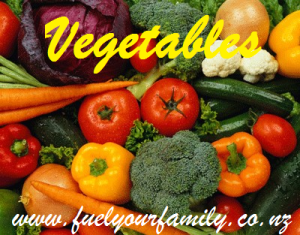
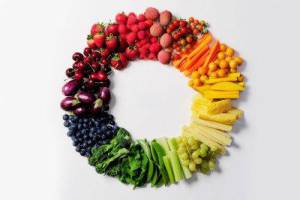
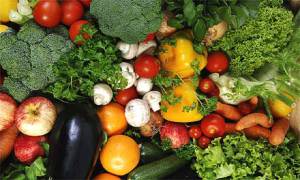
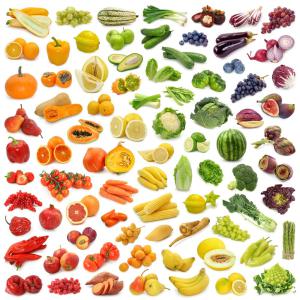

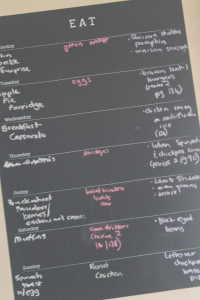
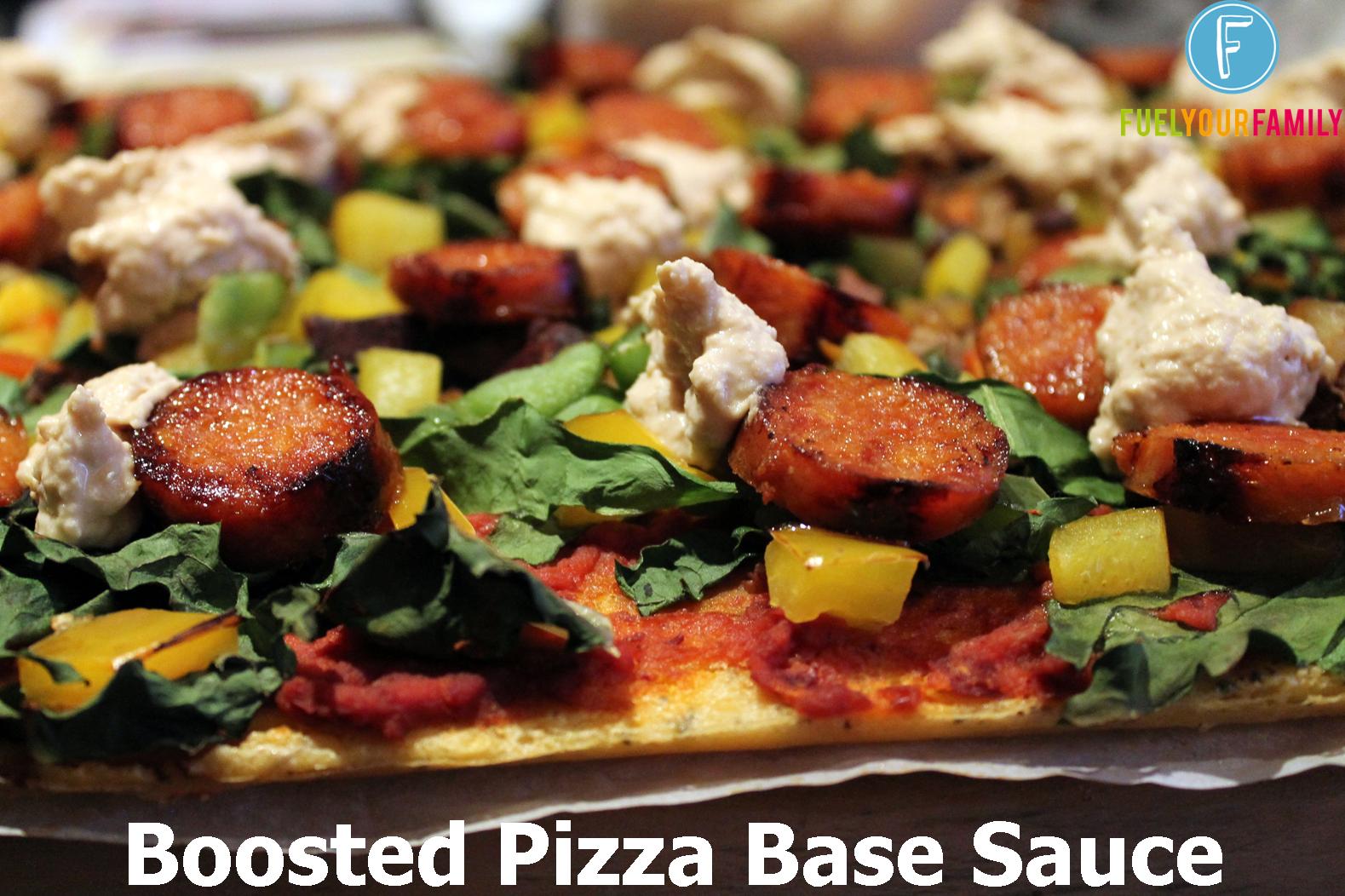

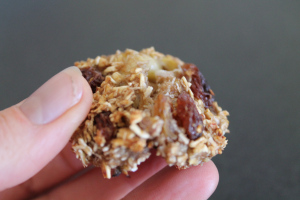
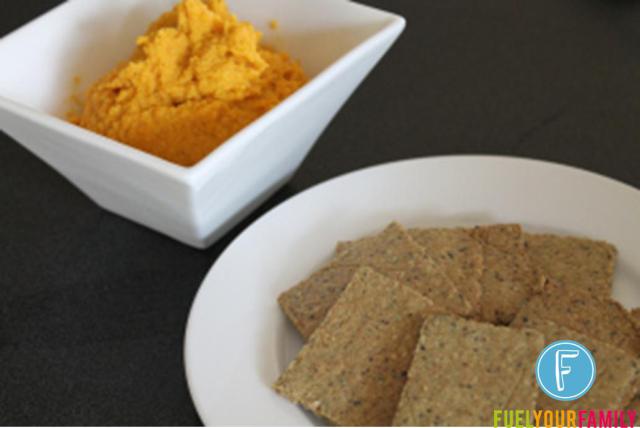



A great blog Bronwyn – when did you get so wise. It is very hard to make changes that everyone will abide by so well done.
Thanks June, it is always a learning journey, I am not wise, just adaptable!
So impressed as always, I do the grated vege trick into sauces etc…even manages to get a few into a hubby who isn’t a fan of things green much. My kids love vege fritters – abit like your vege chips, not the “healthiest” way to get veges in, but the kids love them 🙂
Thanks Adele, great to hear you have success with grating vegetables into sauces etc – good on you! Some children (or hubby’s!) are particularly fussy over texture, so sometimes pureeing the veges before adding to sauces etc can help with this. Your vege fritters sound yummy – what do you use to bind them?
egg, and mashed kumara, or potato or pumpkin – pumpkin can get a bit sloppy but still works. add a little flour esp for pumpkin (this can be flour substitue – almond works ok ) – sometimes this is As we have no dairy issues in our house I sometimes throw cheese or lite cream cheese in depending on the mood. Usually have grated carrot and zuchini in them, but just depends on what I have in the cupboard sometimes it can be all sorts 🙂
Yum! I love all this suggestions you are so happily sharing with our Fuel Your Family community, thanks Adele!